- Monitor Your Accounts to Recover from Identity Theft
- Place Fraud Alerts on Your Credit Report
- Freeze Your Credit
- Notify the Affected Creditors to Recover from Identity Theft
- Report the Identity Theft
- Fix Your Credit Report to Recover from Identity Theft
- Change Your Passwords
- How To Know if You’re a Victim of Identity Theft
- Protecting Yourself From Identity Theft: Do’s and Don’ts
- Frequently Asked Questions
Every year, millions of Americans battle to recover from identity theft. Javelin’s 2021 Identity Fraud Study estimated that there were 39 million victims alone in 2020 and for the vast majority it’s not a harmless inconvenience. The financial implications of identity theft can last for years.
Clearing your credit report and your name following identity theft can be overwhelming, but you have to act fast to help minimize the damage. Thankfully, there are things you can do to get your financial reputation back on track.
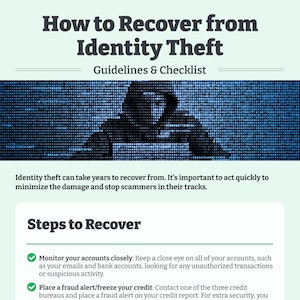
Identity Theft Recovery Checklist
Download our handy checklist to help you recover from identity theft and avoid getting your information stolen.
Download Checklist (614 KB PDF)
If you’re a victim of identity theft or you suspect your identity has been compromised, there are things you should do immediately to minimize the damage.
Monitor Your Accounts to Recover from Identity Theft
Fraud can negatively impact your credit score, so you need to know what damage has been done immediately. Continue to monitor your accounts closely for unauthorized or suspicious activity at least for the next 6-12 months.
Check Your Accounts
Check all of your potentially compromised accounts for fraudulent transactions or suspicious activity. Review your statements closely and report anything you didn't authorize.
Credit card fraud is easy to resolve if you catch it quickly, as most credit cards offer fraud protection. Check for unauthorized charges or withdrawals on all of your current accounts and continue to keep a close eye on your statements.
Check Your Credit Report
Comb through your three credit reports—Equifax, Experian, and TransUnion—for the following signs of fraud:
- New accounts (current or collection) that you didn’t open
- Unauthorized credit inquiries
- Information for an employer you’ve never worked for
- Any personal information that’s unrecognizable to you
Get Free Credit Reports
You can claim a free copy of all three of your credit reports from AnnualCreditReport.com once a year.
Keep a comprehensive list of all fraudulent transactions from your credit reports and current accounts for when you contact your creditors.
Place Fraud Alerts on Your Credit Report
Protect your credit from further damage by placing a fraud alert on your credit report. It’s free and easy to do—you only need to contact one of the three credit bureaus for a fraud alert to be added to all three of your credit reports.
When a fraud alert is on your credit report, it’s much harder for identity thieves to take advantage of your personal information, as lenders must confirm your identity before new accounts in your name can be opened.
A fraud alert usually lasts for a year, but the Fair Credit Reporting Act (FCRA) also offers extended fraud alerts that last for seven years. However, for an extended fraud alert, you must prove to a credit bureau that you're a victim of identity theft.
Who to Contact to Place Fraud Alerts
Identity Theft Protection is Available
If you're worried about having your identity stolen, protection is available. Identity theft protection services can help put your mind at ease and notify you of any fraudulent activity that could lead to ID theft.
Freeze Your Credit
Adding a credit freeze to your report gives you extra protection from the identity thief. Freezing your credit report takes it out of circulation, preventing scammers from opening fake accounts in your name.
Once your report is frozen, a lender won’t be able to access it if anyone applies for credit in your name, resulting in the application being denied.
However, this also means you won’t be able to apply for legitimate credit without ‘thawing’ your credit reports first. While a little inconvenient, some credit bureaus offer to refreeze your reports after an allotted time decided by you.
It’s free to place a credit freeze, but you will have to contact each credit bureau individually (unlike fraud alerts which you only need to place with one bureau).
Notify the Affected Creditors to Recover from Identity Theft
Now that you know the extent of the identity theft and have taken steps to mitigate further damage, it’s time to contact the creditors involved. As soon as you can, get in touch with:
- Creditors that allowed scammers to open unauthorized accounts in your name
- Creditors of your legitimate accounts showing signs of fraudulent activity
Request creditors (e.g., banks and financial institutions) to close illegitimate accounts and freeze your compromised current accounts. Your credit and debit card providers will issue you with new account numbers and cards, so no new charges or withdrawals can’t be made without your permission.
Reporting fraudulent charges promptly is important as laws are in place (e.g., the Fair Credit Billing Act) to limit your liability. Wait too long, and you may find yourself responsible for a large chunk or even all the fraudulent charges.
Notify Debt Collectors
Scammers will often rack up huge charges in your name (e.g., on credit cards) and leave you with a huge debt. If you are contacted by debt collectors for charges that aren't yours, you should:
- Notify the debt collectors of your identity theft and provide them a copy of evidence (including your identity theft report with the FTC or police)
- Contact the business that opened the line of credit (e.g., credit card company, utility company)
Report the Identity Theft
To get the illegitimate accounts off your credit report quickly, report the identity theft to the Federal Trade Commission (FTC). The website will walk you through the process, providing you with a recovery plan as well as how to file an Identity Theft Report, which acts as proof that your identity was stolen.
Create an account with the FTC and you’ll be able to save and print your Identity Theft Report and recovery plan for your records.
Contact the Police—Identity Theft is a Crime
After reporting identity theft to the FTC, file a report with your local police department. This can help protect you from further damages. Provide the police with as much information as possible, as well as your Identity Theft Report. Keep a copy of your police report safe.
Report a Misused Social Security Number
If you believe someone is using your Social Security number (SSN) fraudulently, report it to your local Social Security Administration (SSA) office. You can also create a my Social Security account to monitor how your SSN is being used.
Reporting Specific Types of Identity Theft
There are additional organizations that you can report identity theft to, depending on the type of account that was used.
| Type of Account | Who to Report it To |
| Phone | National Consumer Telecom and Utilities Exchange (ask for your data report) |
| Social Security Benefits | Social Security Administration |
| Student Loans (Federal) | U.S. Department of Education |
| Tax Fraud | Internal Revenue Service |
| Utility (e.g., water, electricity) | Your State's Public Utility Commission |
Fix Your Credit Report to Recover from Identity Theft
After you’ve reported your identity theft to the FTC and police, you can contact the three credit bureaus to have the fraudulent activity removed. Include a copy of your Identity Theft Report along with information on all unauthorized accounts on your credit reports.
The FTC has a useful sample letter to help you draft your request to the credit agencies. Send the letter certified with a return receipt for added peace of mind.
This enables you to block or remove the invalid accounts, so they will no longer appear on your reports. This should happen within four business days, stopping any further communication from creditors looking to have their debts resolved.
Continue to monitor your credit reports closely, in case any fraudulent accounts are added at a later date.
Change Your Passwords
If you’re a victim of identity theft, it’s a good idea to change your usernames and passwords for your affected accounts. Plus, if you’ve received new credit and debit cards, it’s worthwhile changing your PINs too.
How To Know if You’re a Victim of Identity Theft
Several signs can tell you if a scammer is using your personal information, including:
- Unexplained withdrawals from your bank account
- Credit card charges that you didn’t make
- Calls from debt collectors regarding debts that aren’t yours
- Being informed by the Internal Revenue Service (IRS) that your Social Security number (SSN) has been used to get a tax refund or job
- Receiving bills for medical services or utilities you didn’t use
- Not getting your bills or other mail
- Finding unexpected charges or accounts on your credit report
- Receiving an unemployment benefits tax statement when you don't claim benefits
Pay close attention to your financial accounts, so you can pick up any unusual activity as soon as possible, to mitigate your risk of identity theft.
Protecting Yourself From Identity Theft: Do’s and Don’ts
Keeping your personal information secure and monitoring your bank statements and credit reports will help reduce your risk of identity theft. If you find any anomalies, take action right away by freezing your credit and reporting the identity fraud to the FTC.
The quicker you take action, the faster you’ll be able to recover from identity theft, as well as reduce your liability to creditors.
To protect yourself from identity theft now and in the future, keep these dos and don’ts in mind.
Do
- Check your credit reports for unusual activity. You can order your credit reports for free once a year.
- Monitor your billing cycles. If bills or financial statements are late, contact your provider as soon as possible.
- Collect your mail every day and put a hold on your mail when you’re away from home for more than a few days.
- Use the security features on your phone and other devices, and ensure you have the latest version of the software.
- Shred receipts, account statements, expired credit and bank cards, and credit card offers, to prevent “dumpster divers” from stealing your personal information.
- Stay up to date on the latest scams, especially phishing scams designed to steal your sensitive information.
- Use a virtual private network (VPN) when using public WiFi.
Don’t
- Neglect to review your credit and bank account statements for unauthorized transactions.
- Use the same password for all your accounts. Instead, create unique passwords with a mix of letters, numbers, and symbols.
- Carry your Social Security card in your wallet and only give out your SSN when necessary.
- Share personal information or carry out financial transactions on public WiFi, unless you're using a virtual private network (VPN) to keep your data secure.
- Store personal information and statements in an unsafe place.

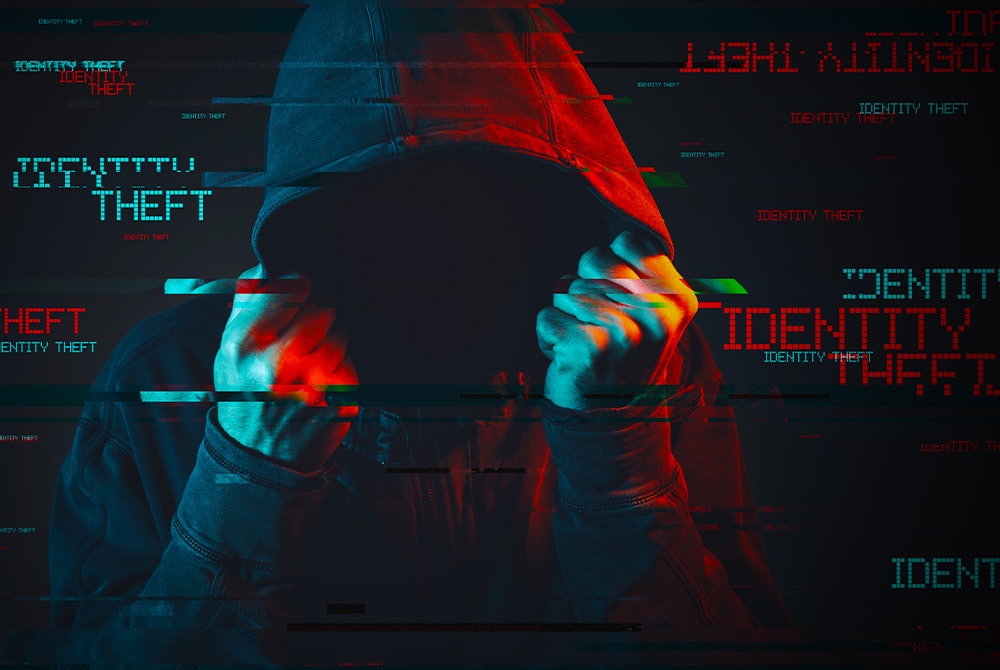
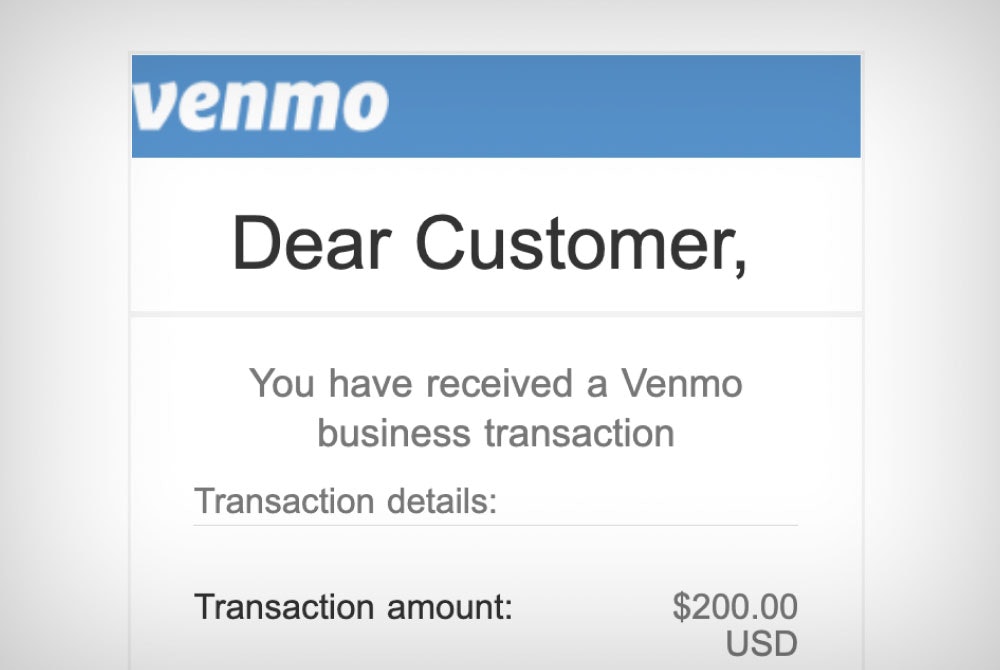


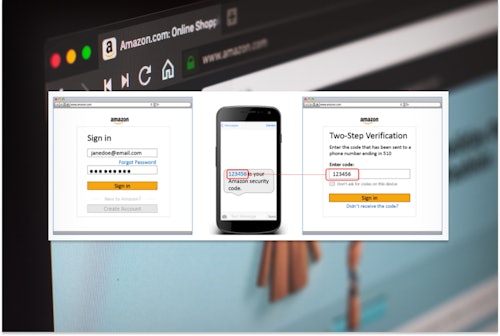

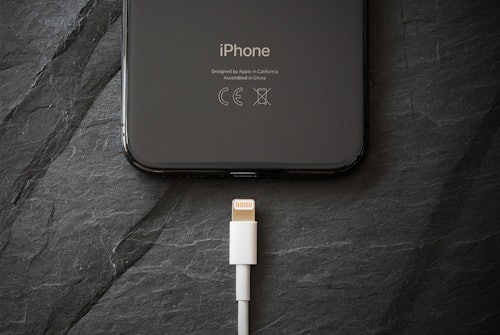


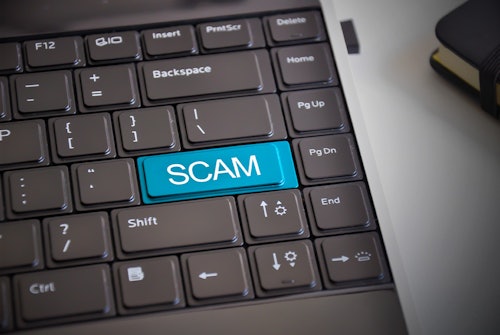
Comments